When it comes to baking, few things are as delightful as a batch of soft cookies. But have you ever wondered, what is the secret ingredient to keep cookies soft? In this article, we’ll dive deep into the world of cookie baking, exploring the science behind texture, the key ingredients that contribute to that perfect softness, and the techniques you can use to ensure your cookies come out just right every time. Whether you’re a seasoned baker or just starting out, you’ll find tips, tricks, and recipes that will help you create cookies that are not only delicious but also irresistibly soft. So, let’s get started!
Understanding Cookie Texture
What Makes Cookies Soft?
When you bite into a cookie, the texture plays a huge role in your enjoyment. So, what makes cookies soft? The answer lies in a few key factors:
The Role of Moisture in Cookies
Moisture is crucial for achieving that soft, chewy texture. When you add ingredients like eggs and butter, they introduce moisture into the dough. This moisture helps create steam during baking, which contributes to a soft interior. If your cookies lack moisture, they’ll end up dry and crumbly.
Importance of Fat Content
Fat, particularly from butter or shortening, is another essential component. It not only adds flavor but also helps to create a tender texture. The fat coats the flour particles, preventing gluten formation, which can lead to tough cookies. So, using the right amount of fat is key to achieving that soft bite.
How Sugar Affects Texture
Sugar isn’t just for sweetness; it also plays a significant role in texture. Brown sugar, for instance, contains molasses, which adds moisture and contributes to a softer cookie. On the other hand, granulated sugar can lead to a crisper texture. Balancing these sugars in your recipe can make all the difference.
Explore delicious cake recipes without cream for a lighter dessert.
Perfect for dairy-free or low-fat diets!
The Science Behind Cookie Softness
Understanding the science behind cookie softness can help you master your baking skills.
How Ingredients Interact During Baking
When you mix your ingredients, they interact in ways that affect the final product. For example, when flour is mixed with water, gluten begins to form. The more you mix, the more gluten develops, which can lead to tougher cookies. That’s why it’s important to mix just until combined.
The Impact of Baking Time and Temperature
Baking time and temperature are crucial for achieving the right texture. If you bake your cookies too long, they’ll dry out. Conversely, underbaking can leave them too gooey. Finding that sweet spot is essential for soft cookies. Generally, a slightly lower temperature for a longer time can help maintain softness.
The Maillard Reaction and Its Effects on Texture
The Maillard reaction is a chemical reaction between amino acids and reducing sugars that gives baked goods their brown color and complex flavors. This reaction occurs at higher temperatures and can affect the texture of your cookies. Understanding this can help you tweak your recipes for the best results.
Learn how to cut the perfect chocolate cake slice every time.
Tips for clean, even portions!
Key Ingredients for Soft Cookies
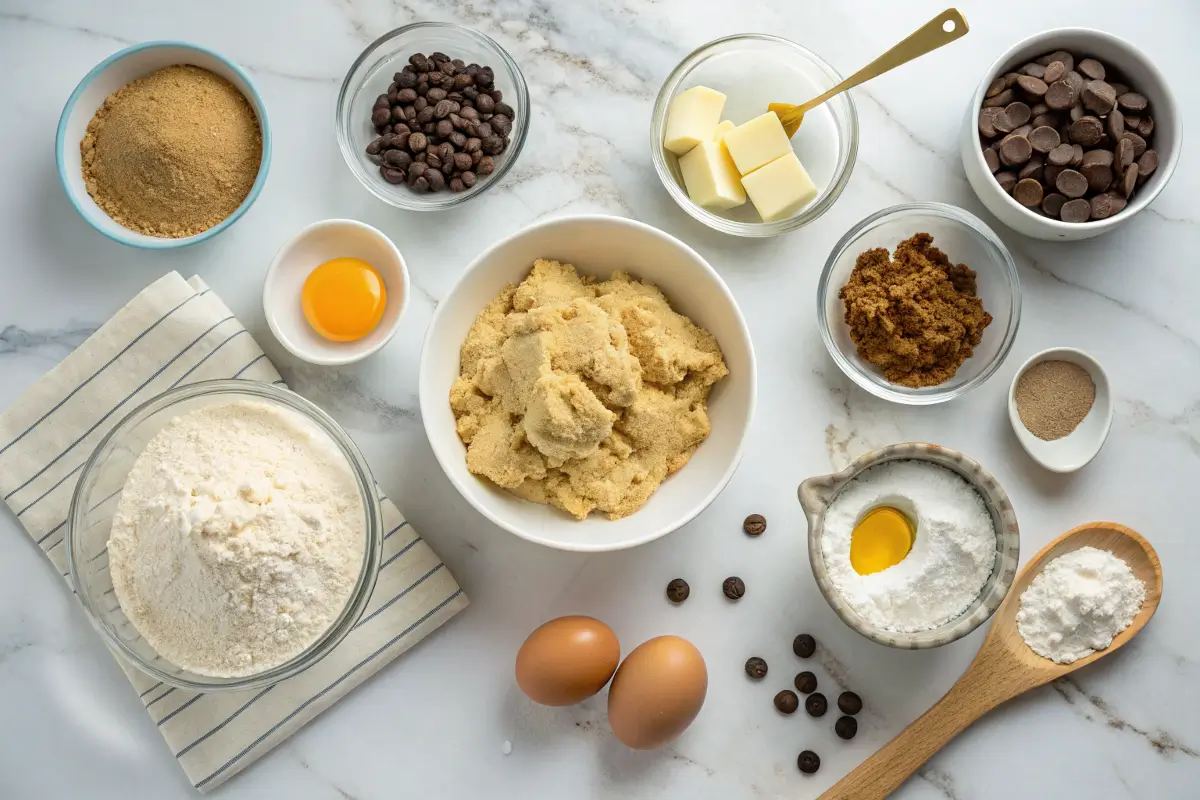
What is the Secret Ingredient to Keep Cookies Soft?
When it comes to baking soft cookies, knowing what is the secret ingredient to keep cookies soft can make all the difference. Let’s explore some key ingredients that contribute to that delightful texture.
Common Ingredients That Contribute to Softness
First off, let’s talk about the basics. The most common ingredients in cookie recipes include flour, sugar, butter, and eggs. Each of these plays a vital role in achieving that soft, chewy texture.
- Flour: The type of flour you use can significantly affect the texture. All-purpose flour is standard, but using cake flour can yield softer cookies due to its lower protein content, which means less gluten formation.
- Sugar: As mentioned earlier, brown sugar is your best friend when it comes to softness. It retains moisture better than white sugar, leading to a chewier cookie. Mixing both types can give you the best of both worlds.
- Butter: The fat in butter not only adds flavor but also helps create a tender texture. Make sure to use room temperature butter for better incorporation into the dough.
Unique Ingredients That Enhance Texture
Now, let’s get a bit creative. There are some unique ingredients you can add to elevate your cookie game:
- Cornstarch: Adding a bit of cornstarch to your flour can help create a softer texture. It interferes with gluten formation, resulting in a more tender cookie.
- Pudding Mix: Believe it or not, adding instant pudding mix to your cookie dough can keep your cookies soft and moist. It adds flavor and helps retain moisture.
- Cream Cheese: Using cream cheese in your dough can also contribute to a soft texture. It adds richness and moisture, making your cookies irresistibly chewy.
The Role of Eggs in Cookie Softness
Eggs are another crucial ingredient in cookie recipes. They provide structure, moisture, and richness.
How Eggs Contribute to Texture
- Binding Agent: Eggs act as a binding agent, helping to hold the ingredients together. This is essential for maintaining the cookie’s shape and texture.
- Moisture Provider: The liquid in eggs adds moisture to the dough, which is vital for achieving that soft, chewy texture.
- Leavening Agent: Eggs also help with leavening, giving your cookies a slight rise and contributing to a lighter texture.
Discover why petite size cakes are ideal for family gatherings.
Portion-controlled and stylish for every occasion!
Butter vs. Shortening: Which is Better?
When it comes to fats, you might wonder whether to use butter or shortening. Both have their pros and cons.
Differences in Texture and Flavor
- Butter: It provides a rich flavor and helps create a tender texture. However, cookies made with butter can spread more during baking, which might not be ideal for all recipes.
- Shortening: This fat has a higher melting point, which means cookies made with shortening tend to hold their shape better. However, they might lack the rich flavor that butter provides.
How to Use Each for Optimal Softness
For the best results, consider using a combination of both. This way, you can enjoy the flavor of butter while benefiting from the structure that shortening provides.
The Role of Sugar in Cookie Softness
Sugar is more than just a sweetener; it plays a crucial role in the texture of your cookies.
Types of Sugar and Their Effects
- Granulated Sugar: This type of sugar can lead to a crisper cookie. While it’s great for certain recipes, it’s not the best choice if you’re aiming for softness.
- Brown Sugar: As mentioned earlier, brown sugar retains moisture, making it essential for soft cookies. The molasses in brown sugar adds not only moisture but also a deeper flavor.
Brown Sugar vs. White Sugar
Using a higher ratio of brown sugar to white sugar in your recipes can significantly enhance the softness of your cookies. Experimenting with different ratios can help you find the perfect balance for your taste.
Flour Types and Their Impact on Softness
The type of flour you choose can also affect the texture of your cookies.
All-Purpose Flour vs. Cake Flour
- All-Purpose Flour: This is the most commonly used flour in cookie recipes. It provides a good balance of structure and tenderness.
- Cake Flour: If you want an even softer cookie, consider using cake flour. Its lower protein content means less gluten formation, resulting in a more tender cookie.
"Looking for a simple small chocolate cake recipe?"
Perfect for intimate celebrations or last-minute cravings!
Techniques for Keeping Cookies Soft
Baking Techniques to Maintain Softness
Now that we’ve covered the ingredients, let’s talk about the techniques that can help you keep your cookies soft.
Recommended Baking Times and Temperatures
One of the most important factors in baking is time and temperature.
- Baking Temperature: Generally, baking cookies at a lower temperature (around 325°F or 163°C) for a longer time can help maintain softness. This allows the cookies to bake evenly without drying out.
- Baking Time: Keep an eye on your cookies. They should be slightly underbaked when you take them out of the oven. They’ll continue to cook on the baking sheet, resulting in a soft center.
Cooling Methods That Preserve Softness
How you cool your cookies can also impact their texture.
- Cooling on the Baking Sheet: Letting your cookies cool on the baking sheet for a few minutes before transferring them to a wire rack helps them retain moisture.
- Using a Wire Rack: Once they’re firm enough to handle, move them to a wire rack to cool completely. This prevents them from becoming soggy on the bottom.
The Importance of Underbaking
Underbaking is a technique that can significantly enhance the softness of your cookies.
How Underbaking Affects Texture
When you underbake your cookies, the centers remain soft and chewy. This is because the residual heat continues to cook the cookies even after they’re out of the oven. Just be careful not to underbake them too much, or you might end up with raw dough!
Storage Tips for Soft Cookies
Proper storage is essential for keeping your cookies soft long after they’ve cooled.
Best Practices for Storing Cookies
- Airtight Containers: Store your cookies in an airtight container to keep moisture in. This prevents them from drying out.
- Layering with Bread: A neat trick is to place a slice of bread in the container with your cookies. The bread will absorb excess moisture, keeping your cookies soft.
How to Revive Hard Cookies
If your cookies do happen to harden, don’t worry! You can revive them.
- Microwave Method: Place a cookie on a microwave-safe plate with a damp paper towel and microwave it for about 10 seconds. This can help restore some moisture.
- Oven Method: Alternatively, you can place them in a preheated oven at a low temperature for a few minutes. This can help soften them up again.
Find out how many calories are in chocolate cake and enjoy guilt-free indulgence.
Satisfy your sweet tooth mindfully!
Freezing Cookies for Long-Term Softness
If you want to keep your cookies soft for an extended period, freezing is a great option.
How to Freeze Cookies Properly
- Flash Freezing: Place your cookies on a baking sheet in a single layer and freeze them until solid. Then, transfer them to an airtight container or freezer bag.
- Dough Freezing: You can also freeze cookie dough. Scoop the dough into balls and freeze them. When you’re ready to bake, just pop them in the oven straight from the freezer, adding a minute or two to the baking time.
Thawing Techniques to Retain Softness
When you’re ready to enjoy your frozen cookies, it’s best to let them thaw at room temperature. This helps maintain their soft texture without drying them out.
Popular Recipes Featuring Soft Cookies
Classic Soft Chocolate Chip Cookies
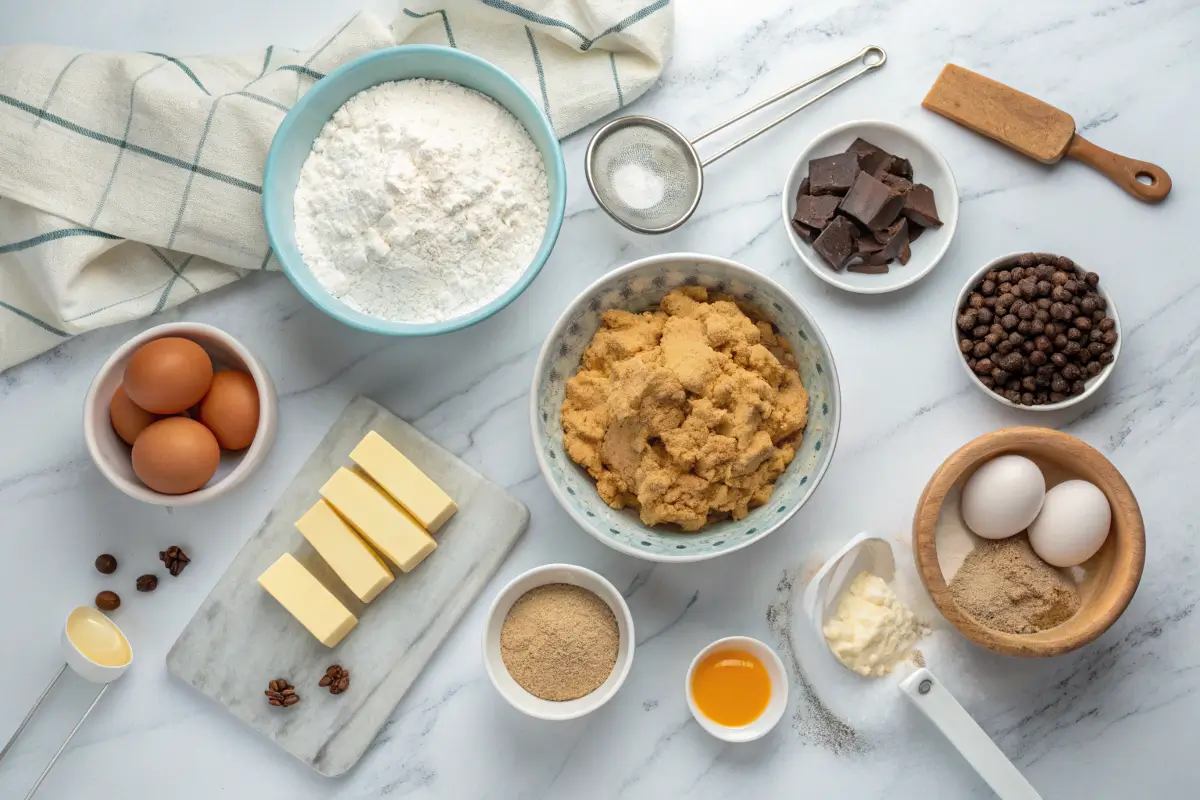
One of the most beloved cookie recipes is the classic chocolate chip cookie. But what is the secret ingredient to keep cookies soft in this recipe? Let’s dive into the details!
Ingredients and Preparation Steps
To make these delicious cookies, you’ll need:
| Ingredient | Quantity |
|---|---|
| Unsalted Butter (softened) | 1 cup |
| Brown Sugar | 1 cup |
| Granulated Sugar | 1/2 cup |
| Large Eggs | 2 |
| Vanilla Extract | 2 teaspoons |
| All-Purpose Flour | 3 cups |
| Baking Soda | 1 teaspoon |
| Salt | 1/2 teaspoon |
| Chocolate Chips | 2 cups |
Preparation Steps:
- Preheat your oven to 350°F (175°C).
- In a large bowl, cream together the softened butter, brown sugar, and granulated sugar until smooth.
- Beat in the eggs one at a time, then stir in the vanilla.
- In another bowl, whisk together the flour, baking soda, and salt. Gradually add this to the creamed mixture.
- Finally, fold in the chocolate chips.
- Drop rounded tablespoons of dough onto ungreased baking sheets.
- Bake for 10-12 minutes, or until the edges are lightly golden but the centers are still soft.
Tips for Achieving the Perfect Texture
To ensure your chocolate chip cookies come out soft, remember to slightly underbake them. They’ll continue to cook on the baking sheet after you take them out of the oven. Also, using a higher ratio of brown sugar will help retain moisture, making your cookies chewy and delicious.
Alternative Soft Cookie Recipes
If you’re looking to switch things up, here are a couple of alternative recipes that also yield soft cookies.
Peanut Butter Cookies
Peanut butter cookies are another favorite. Here’s a simple recipe:
- 1 cup of peanut butter
- 1 cup of brown sugar
- 1 egg
- 1 teaspoon of baking soda
Preparation Steps:
- Preheat your oven to 350°F (175°C).
- Mix all the ingredients together until smooth.
- Roll the dough into balls and place them on a baking sheet.
- Flatten each ball with a fork, creating a crisscross pattern.
- Bake for 8-10 minutes, ensuring they remain soft in the center.
Oatmeal Cookies
Oatmeal cookies can also be soft and chewy. Here’s a quick recipe:
| Ingredient | Quantity |
|---|---|
| Unsalted Butter (softened) | 1 cup |
| Brown Sugar | 1 cup |
| Granulated Sugar | 1/2 cup |
| Large Eggs | 2 |
| Vanilla Extract | 1 teaspoon |
| All-Purpose Flour | 1 1/2 cups |
| Baking Soda | 1 teaspoon |
| Salt | 1/2 teaspoon |
| Rolled Oats | 3 cups |
| Raisins or Chocolate Chips (optional) | 1 cup |
Preparation Steps:
- Preheat your oven to 350°F (175°C).
- Cream together the butter and sugars until fluffy.
- Beat in the eggs and vanilla.
- In another bowl, combine the flour, baking soda, and salt. Gradually mix this into the wet ingredients.
- Stir in the oats and raisins or chocolate chips.
- Drop spoonfuls of dough onto a baking sheet and bake for 10-12 minutes.
These recipes are sure to satisfy your cookie cravings while keeping that soft texture you love!
Master cake portions and cutting techniques for flawless slices.
From casual servings to professional plating!
Troubleshooting Common Cookie Issues
Why Are My Cookies Hard?
It can be frustrating when your cookies don’t turn out as expected. If you’re wondering why your cookies are hard, let’s explore some common mistakes.
Common Mistakes That Lead to Hard Cookies
- Overmixing the Dough: Mixing too much can develop gluten, leading to tough cookies. Mix just until combined for a softer texture.
- Baking Too Long: If you leave your cookies in the oven for too long, they’ll dry out. Remember, they should be slightly underbaked when you take them out.
- Incorrect Oven Temperature: An oven that’s too hot can cause cookies to bake too quickly on the outside while remaining raw inside. Use an oven thermometer to ensure accuracy.
How to Adjust Recipes for Better Results
If you find your cookies turning out hard, don’t worry! Here are some adjustments you can make:
Techniques to Improve Softness
- Add More Brown Sugar: Increasing the amount of brown sugar can help retain moisture, making your cookies softer.
- Use Cake Flour: Switching to cake flour instead of all-purpose flour can reduce gluten formation, resulting in a more tender cookie.
- Incorporate More Fat: Adding a bit more butter or using a combination of butter and shortening can enhance the softness of your cookies.
How to Fix Overbaked Cookies
If you’ve accidentally overbaked your cookies, there are ways to salvage them.
Techniques to Salvage Overbaked Cookies
- Microwave Method: Place a cookie on a plate with a damp paper towel and microwave it for about 10 seconds. This can help restore some moisture.
- Oven Method: Alternatively, you can place them in a preheated oven at a low temperature for a few minutes to soften them up.
Is Bruce Cake worth it? Our guide breaks down flavor, texture, and value.
A must-read before your next bake!
FAQs
What is the Secret Ingredient to Keep Cookies Soft?
What is the secret ingredient to keep cookies soft?: The secret ingredient to keep cookies soft is often brown sugar. Its moisture-retaining properties help maintain a chewy texture. Additionally, incorporating ingredients like cornstarch or instant pudding mix can also contribute to a softer cookie. These ingredients interfere with gluten formation, leading to a tender result.
How Does Baking Time Affect Cookie Softness?
Baking time is crucial for cookie softness. If you bake your cookies for too long, they’ll dry out and become hard. Ideally, you want to underbake them slightly, so they are still soft in the center when you take them out. They will continue to cook on the baking sheet after being removed from the oven.
Can I Use Substitutes for Butter to Keep Cookies Soft?
Yes, you can use substitutes for butter! Shortening is a popular alternative that offers a higher melting point, helping cookies maintain their shape and softness. You can also try using coconut oil or margarine, though these may slightly alter the flavor.
What Should I Do If My Cookies Turn Out Hard?
If your cookies turn out hard, don’t panic! You can try microwaving them for about 10 seconds with a damp paper towel to revive some moisture.
How Can I Make Gluten-Free Cookies Soft?
To make gluten-free cookies soft, consider using gluten-free flour blends that contain a mix of flours, such as almond flour or oat flour. Adding ingredients like xanthan gum can help mimic the structure that gluten provides, resulting in a softer texture.
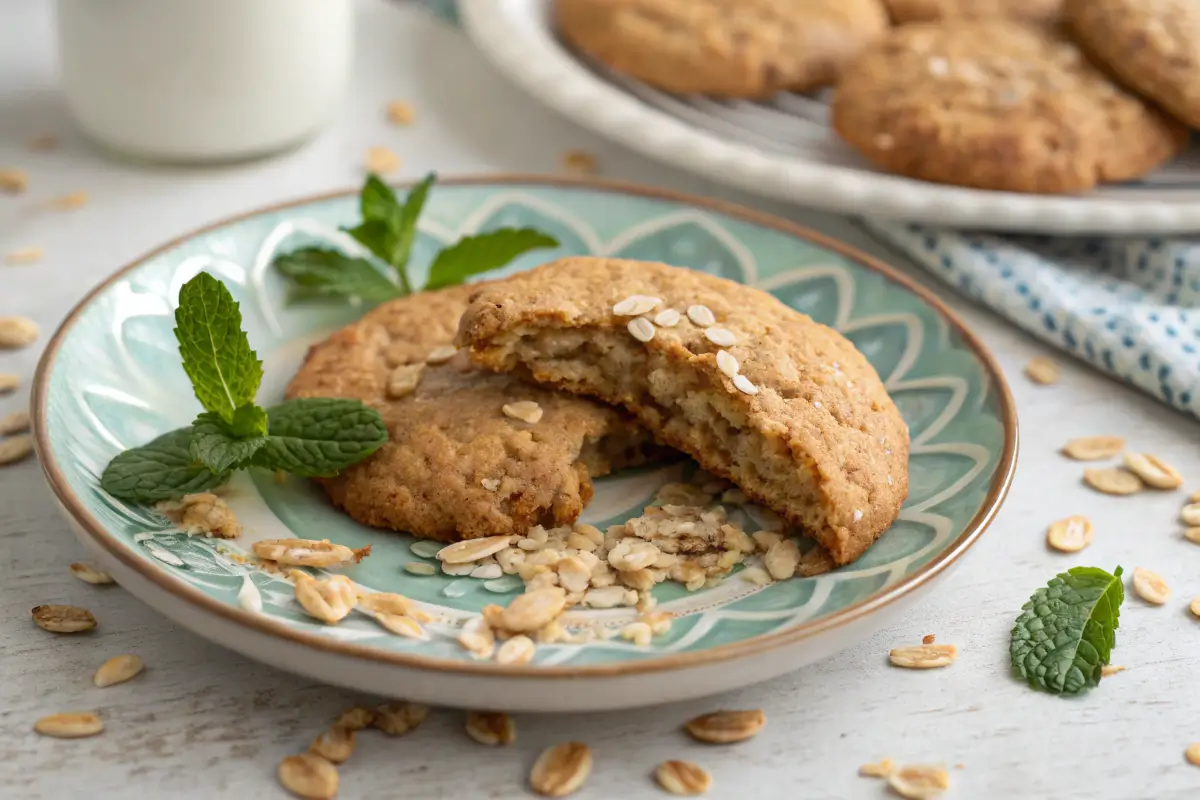
Conclusion: The Art of Baking Soft Cookies
In this article, we’ve uncovered the secrets to achieving soft cookies, focusing on the key ingredients, techniques, and troubleshooting tips. From understanding what is the secret ingredient to keep cookies soft to mastering baking times and temperatures, you now have the tools to create delightful treats that everyone will love.
To recap, moisture is essential for softness, so don’t shy away from using brown sugar, butter, and even unique ingredients like cornstarch. Remember to bake your cookies just until they’re set, allowing them to remain soft in the center. Experimenting with different types of flour and fats can further enhance your cookie’s texture.
I encourage you to roll up your sleeves, gather your ingredients, and start baking! Don’t hesitate to experiment with various recipes and find your personal favorites. With practice and a little creativity, you’ll be well on your way to becoming a cookie-baking pro, delivering soft and delicious goodies every time! Happy baking!

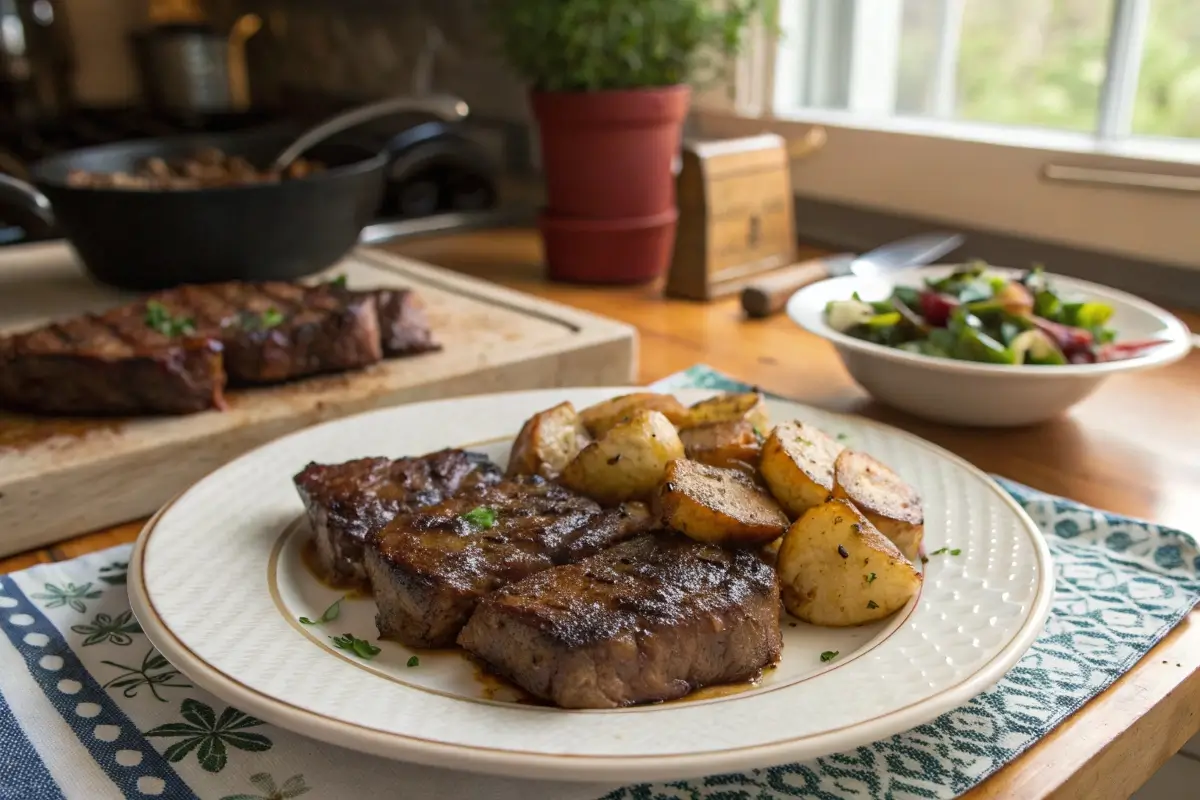
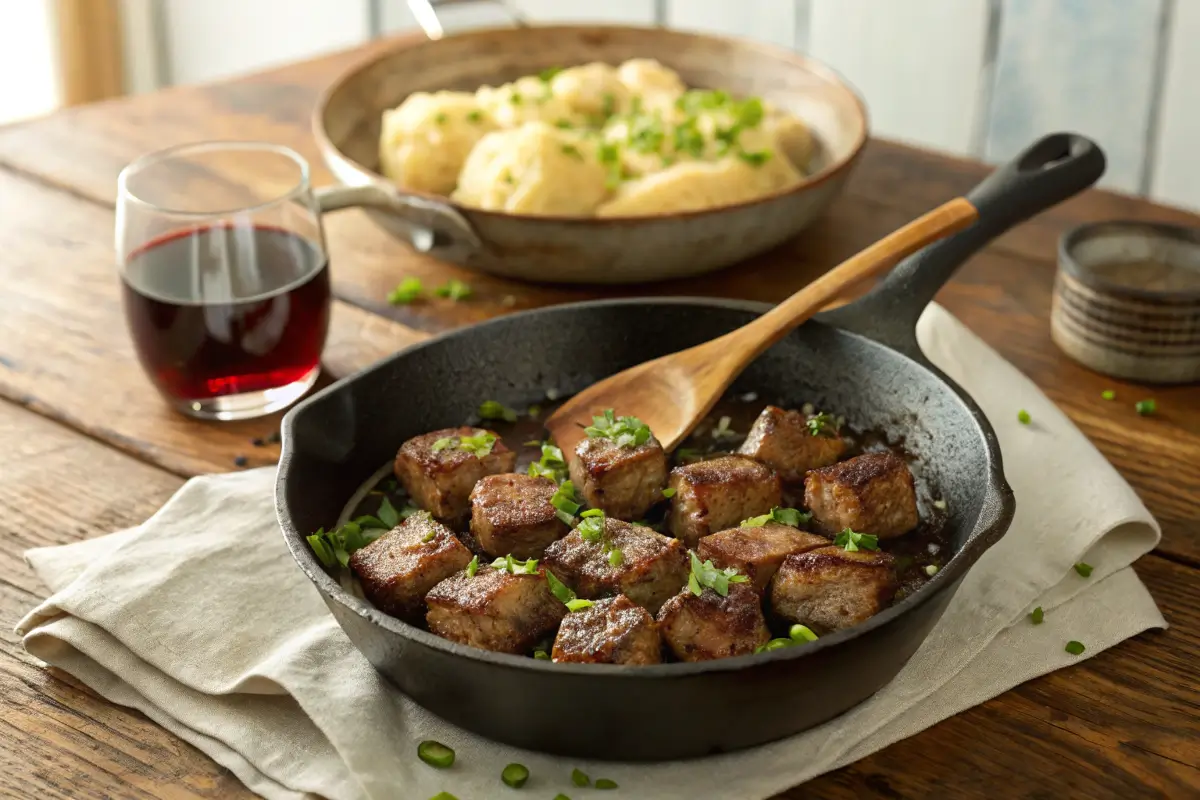
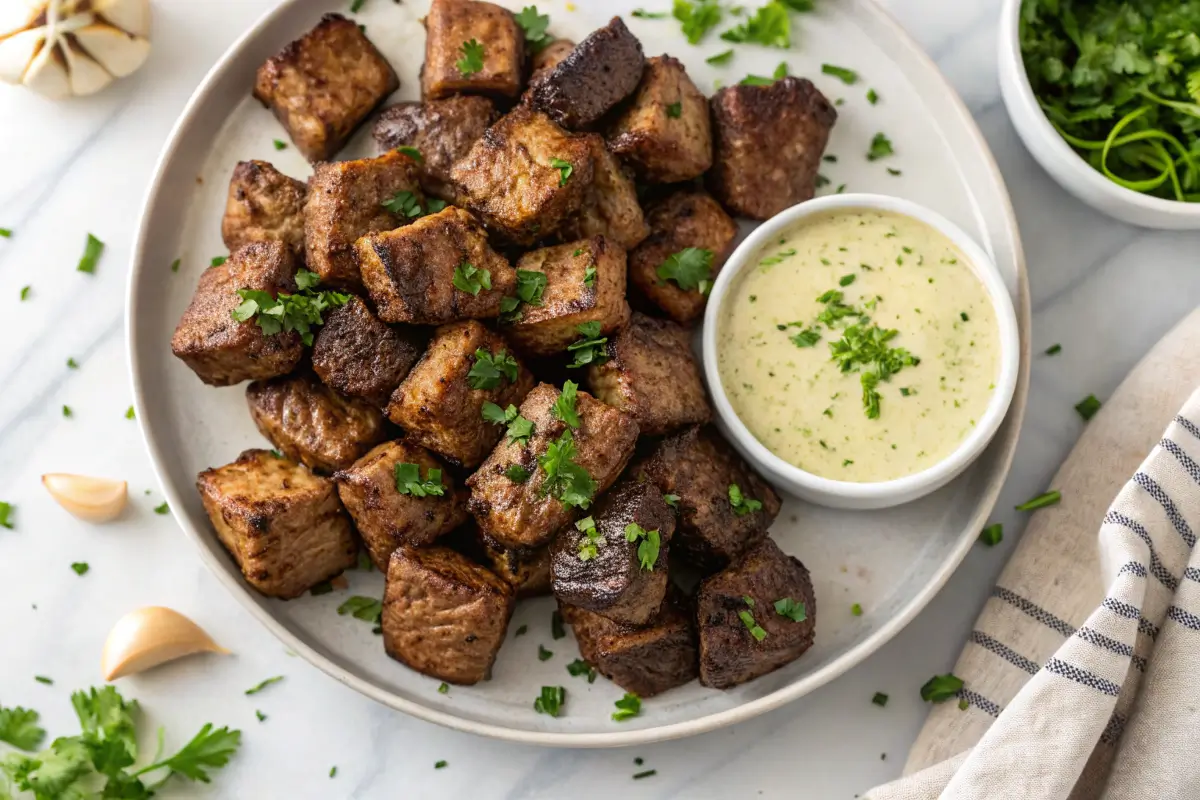







2 thoughts on “What is the Secret Ingredient to Keep Cookies Soft?”